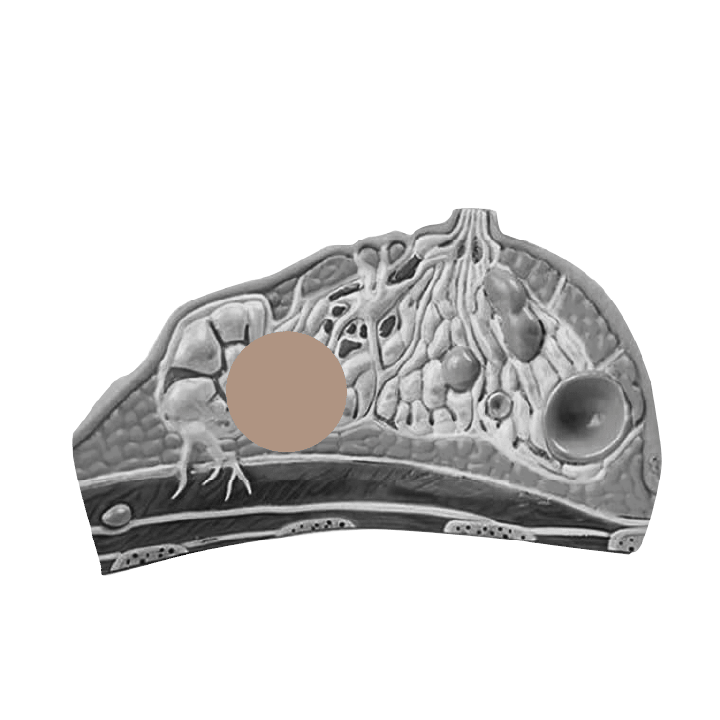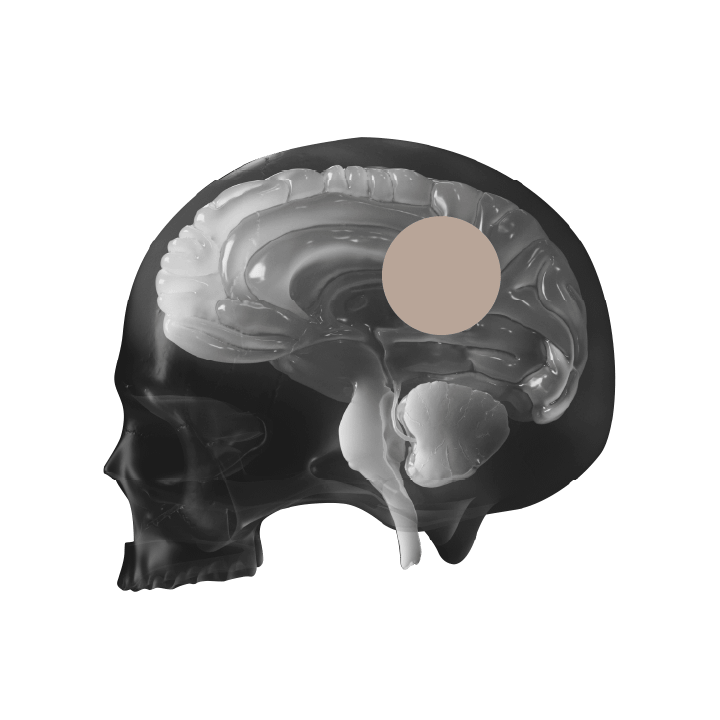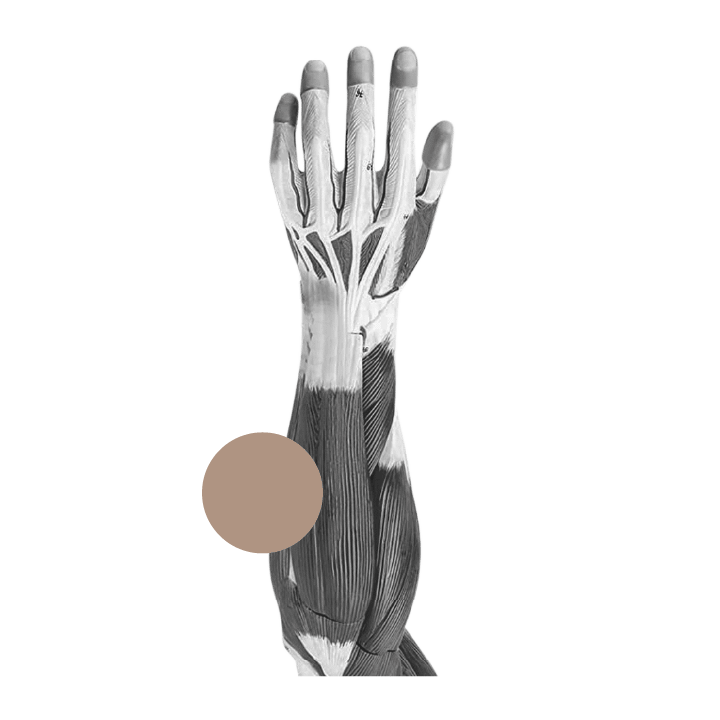9/11 Bone Cancer Claims in Survivors and Respondents
September 11th left many survivors to face severe health issues in the years to follow. With the carcinogens polluting New York during extensive recovery efforts after the attack, a number of men and women have since developed cancer. If you or a loved one are suffering from 9/11 bone cancer, contact a September 11th attorney at the law firm of Pitta & Baione to discuss your eligibility for benefits under the Victim Compensation Fund.
A REVIEW OF BONE CANCERS
Bone cancer accounts for less than 1 percent of all cancers. There are three main types of bone cancer: osteosarcoma, chondrosarcoma, and ewing sarcoma. The type of cell affected by the cancer first is what determines the type of bone cancer.
Osteosarcoma is more common in children than it is in adults. It is often found in larger bones like the arm or leg. In osteosarcoma, bone cells grow and create tumors. The danger is that the cancerous cells can continue growing and damage healthy bone. The cancer can also spread beyond the tumor.
Chondrosarcoma is more common in older adults than younger people. With chondrosarcoma, the cancer cells result in cartilage rather than bone. Tumors grow and can cause complications as bone is weakened. Ewing sarcoma occurs in younger adults most often and impacts the bones and soft tissues around the bone. It is more rare than chondrosarcoma and osteosarcoma.
SYMPTOMS OF BONE CANCER
Symptoms of bone cancer include:
- Bone pain
- Swelling and tenderness
- Weakened bones, which can lead to bone fracture
- Fatigue
- Unexpected weight loss
- Decreased function of limbs
DIAGNOSING 9/11 BONE CANCER
Bone cancer is diagnosed through a variety of tests. While a biopsy is needed to examine the cells and diagnose bone cancer, additional testing may be used to identify qualities of the cancer, tumors, and damage to the bone. Initially, an x-ray may be used to identify bone abnormalities. Additional testing to identify abnormalities of softer tissues associated with chondrosarcoma include: bone scans, CT scans, MRIs, and PET scans.
BONE CANCER TREATMENT
Bone cancer treatment often involves surgery to remove damaged bone. In some instances, amputation may be required to remove all the cancer. After amputation, the patient will need to seek out appropriate rehabilitative therapies and adjust to their new mobility. Other treatments include chemotherapy and radiation.
CONTACT A 9/11 BONE CANCER CLAIM LAWYER TO DISCUSS YOUR ELIGIBILITY FOR BENEFITS
If you or a loved one suffer cancer related to exposure from September 11th, contact a 9/11 bone cancer attorney at Pitta & Baione by completing our online contact form or calling us at 844-901-1312.
PITTA & BAIONE LLP SUCCESSFUL CLAIMS





